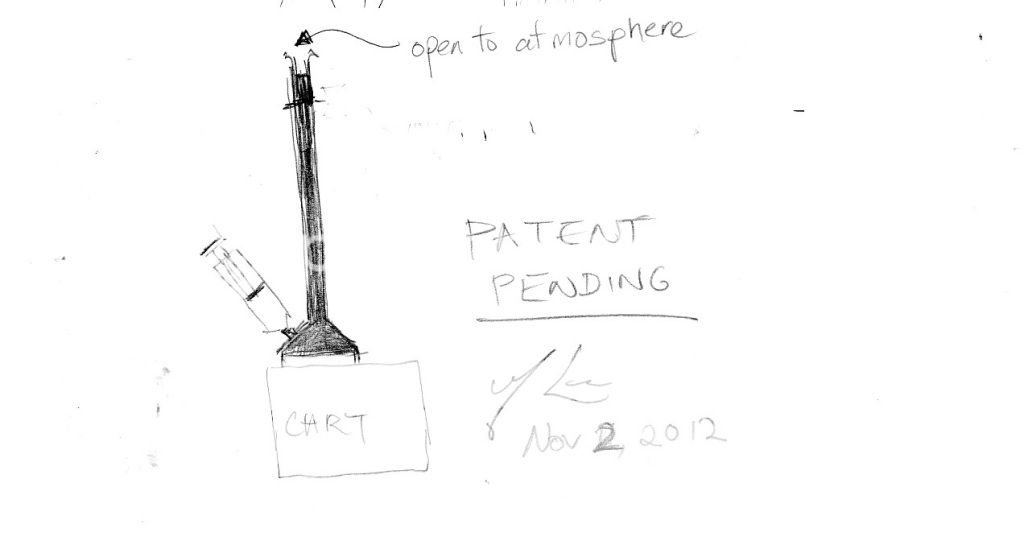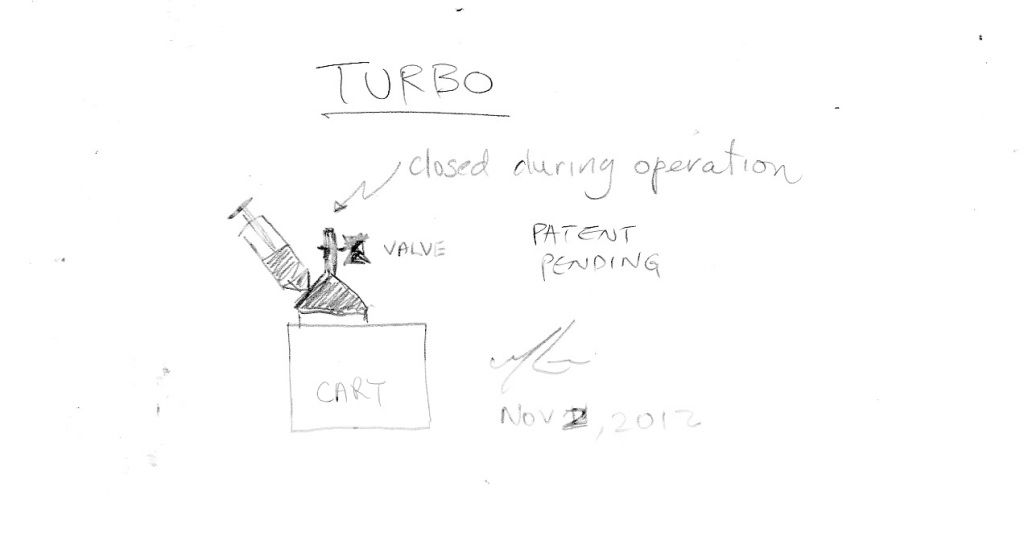- Joined
- May 7, 2011
- Messages
- 1,949
- Reaction score
- 940
- Points
- 277
- Location
- United States
- Printer Model
- All of them! LOL
All I can say is that in one of my two videos, ( I forget which one ) I fill up a dead empty cart ( Got a set from PC mikling ) using the driblem method from a dead empty cart. I was able to get all 10 carts to maximum weight of 32-33 grams without any problems and often I was streaming ink in at a heck of lot faster rate then a dribble. More like a stream. It only took me about 2-3 minutes to complete acart including reseting.
Now I just top off when any read 50% and let the ARCs take care of the resetting back to full. I follow this method religiously so unless I suffer a complete brain fart ( which is highly likely ), accidentally turn off the printer or loose power, I always top off all carts when one is down. Well actually I just swop the whole set with my second spare set and do the topping off immediately afterwards.
Works for me.
Now I just top off when any read 50% and let the ARCs take care of the resetting back to full. I follow this method religiously so unless I suffer a complete brain fart ( which is highly likely ), accidentally turn off the printer or loose power, I always top off all carts when one is down. Well actually I just swop the whole set with my second spare set and do the topping off immediately afterwards.
Works for me.


